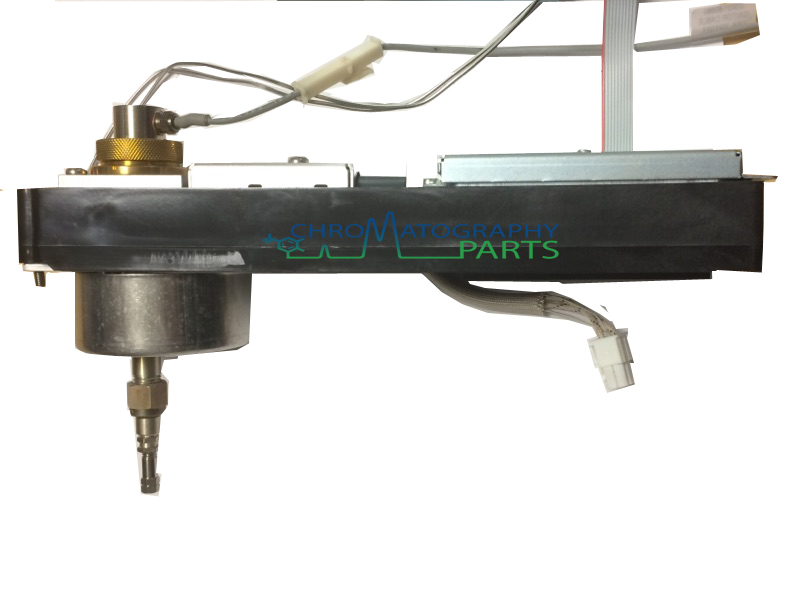
Flame Ionization Detector(FID) for Agilent 7890 GC Chromatography Parts
Instrumentation, namely gas chromatography-flame ionization detector (GC-FID) and high-performance liquid chromatography (HPLC) has been useful in the quantification of volatile compounds and barrel extractives, respectively. Until recently, instrumentation has been limited by its detection capabilities. Many taint compounds, such as geosmin, 2.
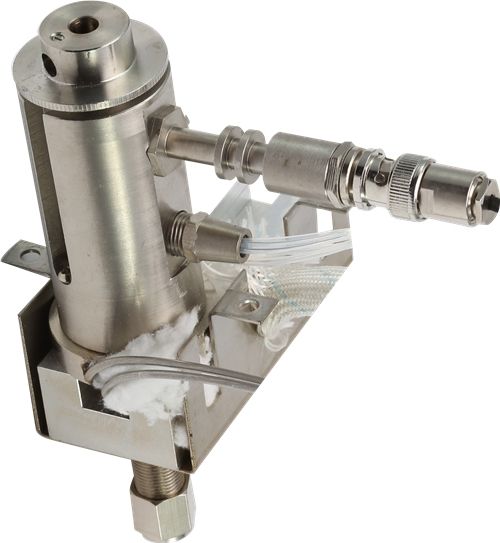
China Flame Ionization Detector Fid for Gas Chromatograph Gc7860 China Gas Chromatograph, Gas
Application error: a client-side exception has occurred (see the browser console for more information). Flame ionization detection (FID) is the most commonly used gas chromatography (GC) detection method. Flame ionization detectors respond to a wide assortment of hydrocarbons, have a large dynamic range, are.

Gas Chromatography Flame Ionization Detector Animation YouTube
One of the earliest gas chromatography detectors takes advantage of the mobile phase's thermal conductivity. As the mobile phase exits the column it passes over a tungsten-rhenium wire filament (see Figure 12.4.10 .. This is the basis of the popular flame ionization detector, a schematic diagram of which is shown in Figure 12.4.11 . Figure.

Flame Ionization Detector (FID) Principle Inst Tools
Gas Chromatography Detectors Detector Description Linear Dynamic Range Destructive Analytes Flame Ionization Detector The FID is the most commonly used general-purpose GC detector. As the sample exits the column, it is burned in a hydrogen/air flame and ionized particles are measured as an electrical current. >107 (±10%) Yes Most organic compounds

Gas Chromatograph with Flame Ionization Detectors (GCFID) Thermo Scientific Trace1310
Flame ionization detection (FID) is the most commonly used gas chromatography (GC) detection method. Flame ionization detectors respond to a wide assortment of hydrocarbons, have a large dynamic range, are relatively simple to operate and are considered highly reliable. Unfortunately, GC users are often led into a false sense of security as a.

Gas ChromatographFlame Ionization Detector (GCFID) traces of... Download Scientific Diagram
One of the earliest gas chromatography detectors takes advantage of the mobile phase's thermal conductivity. As the mobile phase exits the column it passes over a tungsten-rhenium wire filament (see Figure 27.2.6 ).. This is the basis of the popular flame ionization detector, a schematic diagram of which is shown in Figure 27.2.7 . Figure.
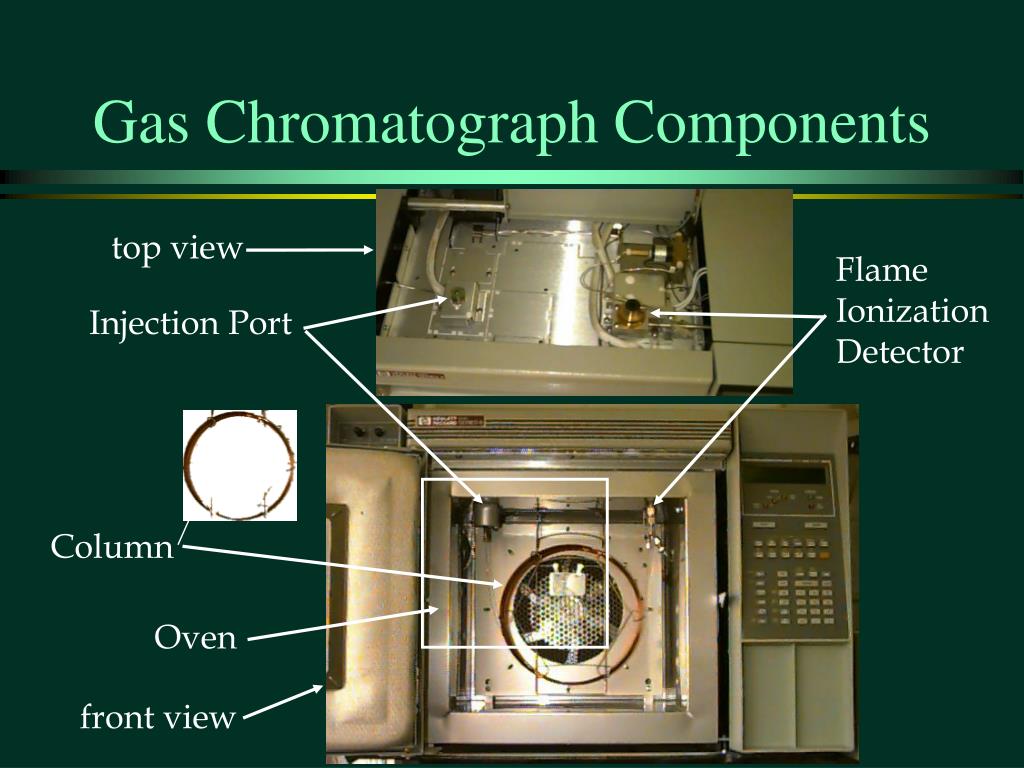
PPT Gas Chromatography PowerPoint Presentation, free download ID787942
Gas chromatography with flame ionization detection (GC-FID) is a widely used analytical technique that allows for the separation, identification, and quantification of volatile and semi-volatile compounds in a sample. Sample is injected into a heated inlet, vaporizing the sample at ca. 350 °C. The vaporized material is then pulled into the.
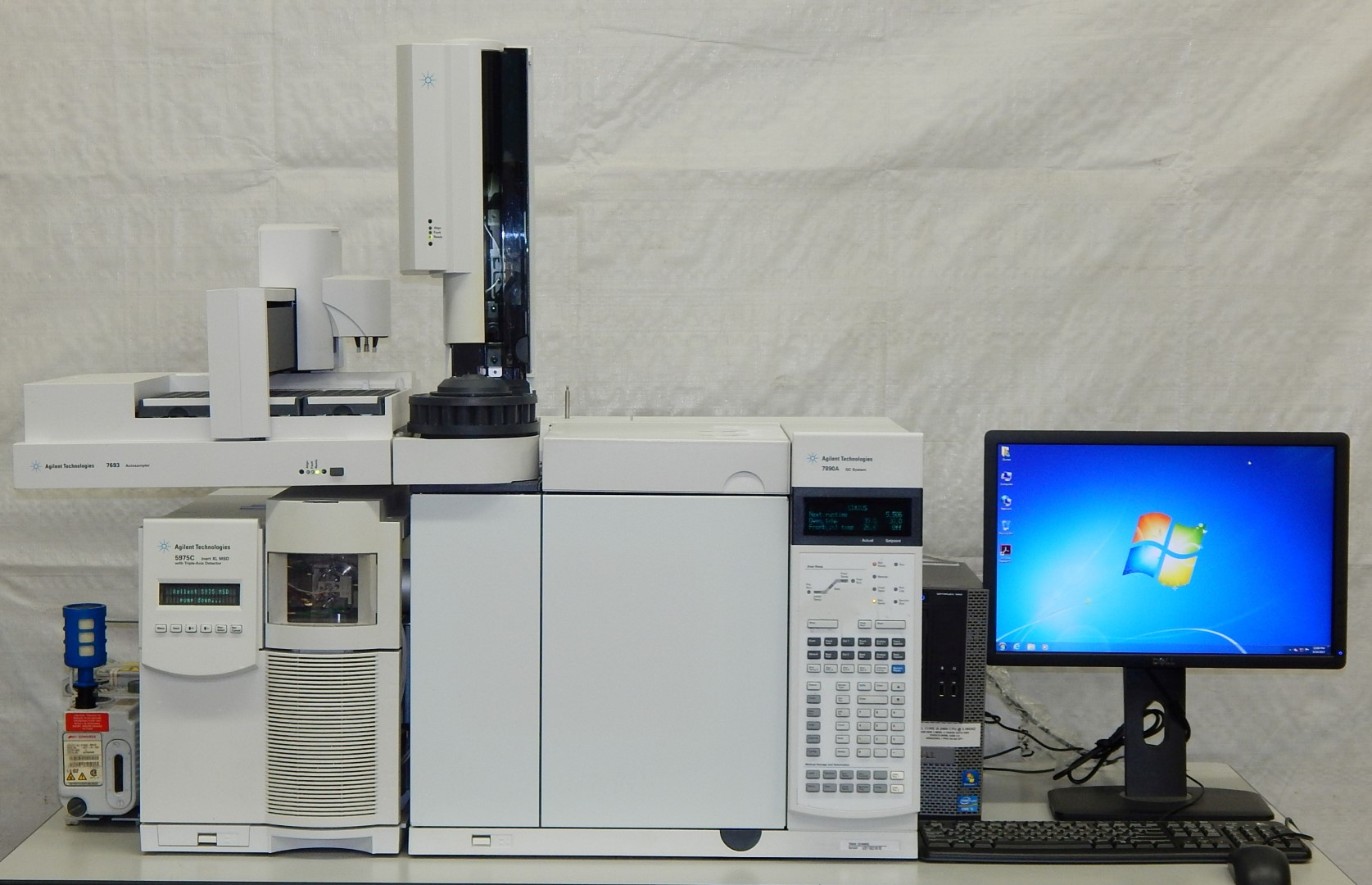
Prime Scientific Gas Chromatography Systems (GCGC/MS)
Flame ionization detectors (FID) are the most generally applicable and most widely used detectors. In a FID, the sample is directed at an air-hydrogen flame after exiting the column.. REview of Photoionization Detection in Gas Chromatography: The first Decade. Journal of CHromatographic Science , Vol 23. November 1985. 488-492.

How Does A Flame Ionization Detector Work How do smoke detectors work? tendumbz
A Flame ionization detector (FID) consists of a hydrogen (H 2 )/air flame and a collector plate. The effluent from the GC column passes through the flame, which breaks down organic molecules and produces ions. The ions are collected on a biased electrode and produce an electrical signal. The FID is extremely sensitive with a large dynamic range.

Gas Chromatography Detector GC Fid / GC Detectors ANTITECK
As the flame ionization detector (FID) approaches its 60th anniversary in 2017, this installment examines the crucial role that it has played and continues to play for all types of gas chromatography. Without the FID, the early development of gas chromatography (GC) would have proceeded more slowly especially in the petroleum industry and related hydrocarbon application areas.

Gas chromatography/flame ionization detector spectra showing... Download Scientific Diagram
Gas chromatography (GC) is used to separate and detect small molecular weight compounds in the gas phase. The sample is either a gas or a liquid that is vaporized in the injection port. Typically, the compounds analyzed are less than 1,000 Da, because it is difficult to vaporize larger compounds. GC is popular for environmental monitoring and.
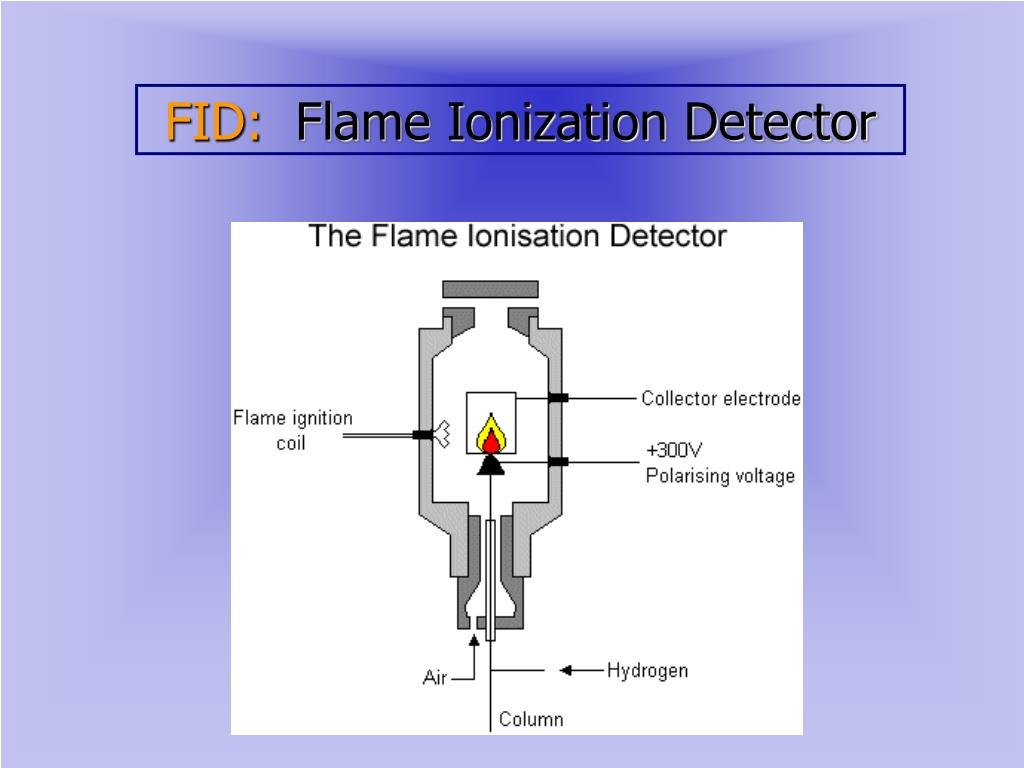
PPT Gas chromatography PowerPoint Presentation, free download ID5672764
2.4 Metabolite analysis. A 6890 N gas chromatography coupled with either a 5975B mass spectrometer (GC-MS) or a 6850 flame ionization detector (GC-FID) (Agilent) is used to analyze the production of sesquiterpenes and hydroxylated sesquiterpenes from yeast cultures. 1. Injection port temperature: 250 °C. 2.

HPLC chromatograph HDGC5890N HAIDA EQUIPMENT CO., LTD flame ionization / thermal
The flame ionization detector (FID) is the most popular detector for gas chromatography. It provides a near universal response to organic compounds, low detection limits, long-term stability, simplicity of operation, low dead volume, a fast response and an exceptional linear response range. Typical performance characteristics are summarized in.

Bench Top Lab Analyzer Machine Portable Gas Chromatograph with Flame Ionization Detector (FID
Nonspecific Detection - Gas Chromatography. The most widely used detector in GC is the flame ionization detector (FID) which gives a mass response depending on the carbon content of the eluting compound. This is a very robust detector, but is nonspecific in that it responds to all compounds and lacks sensitivity.

a d Gas chromatography with flame ionization detector (GCFID)... Download Scientific Diagram
A flame ionization detector ( FID) is a scientific instrument that measures analytes in a gas stream. It is frequently used as a detector in gas chromatography. The measurement of ion per unit time make this a mass sensitive instrument. [1] Standalone FIDs can also be used in applications such as landfill gas monitoring, fugitive emissions.

Gas chromatography (GC) Flame Ionization Detector Principle Analytical Engineers Community
The flame ionization detector (FID) is the most widely used detector for gas chromatography because of its reliability, versatility, and ease of use. It responds to virtually any organic compound while generating little or no signal for common carrier gases. The auto-ranging FID used on Agilent Intuvo 9000, 8890, 8860, and 7890 GC systems.